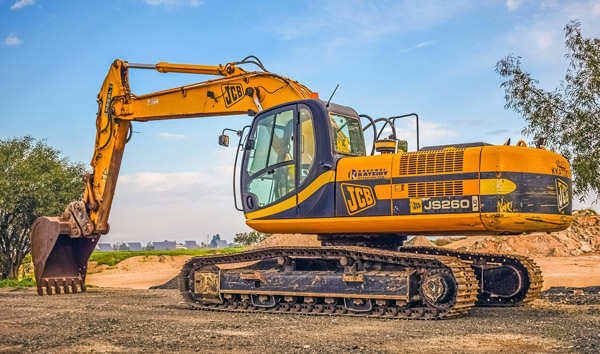The Future of Rough Terrain Forklifts: Market Dynamics and Emerging Innovations
2025-08-14 03:25:31
The Rough Terrain Forklift industry has long been a critical component of construction, agriculture, and logistics operations. However, recent years have seen a surge in demand for more efficient, eco-friendly, and technologically advanced models. One of the most notable trends is the shift toward electric-powered rough terrain forklifts, which offer lower emissions and reduced operational costs compared to traditional diesel engines. Industry analysts predict that by 2030, electric models will account for over 40% of new sales in this segment.
Another major driver in the rough terrain forklift industry is automation. Companies are increasingly integrating AI and IoT-enabled sensors to enhance precision, safety, and productivity. For example, autonomous rough terrain forklifts equipped with LiDAR and GPS navigation are being tested in large-scale construction projects, reducing human error and improving efficiency. These innovations align with broader Industry 4.0 trends, where smart machinery is becoming the norm rather than the exception.
Sustainability is also reshaping the rough terrain forklift industry. Stricter emissions regulations in North America and Europe are pushing manufacturers to develop hybrid and hydrogen fuel cell alternatives. According to a 2023 industry report, hydrogen-powered rough terrain forklifts are gaining traction in heavy-duty applications due to their longer runtimes and zero-emission profiles. This shift is further supported by government incentives aimed at decarbonizing industrial equipment.
Market competition in the rough terrain forklift industry is intensifying, with key players like Toyota, Caterpillar, and JLG investing heavily in R&D. Emerging markets in Asia-Pacific and Latin America present new growth opportunities, particularly in infrastructure development and mining. As demand for rugged, high-capacity lifting solutions grows, manufacturers must balance innovation with cost-effectiveness to remain competitive.
In conclusion, the rough terrain forklift industry is at a pivotal moment, with electrification, automation, and sustainability leading the charge. Companies that adapt to these trends will not only meet regulatory requirements but also gain a competitive edge in an increasingly dynamic market. The next decade promises to bring even more disruptive advancements, reshaping how businesses approach heavy lifting in challenging environments.














